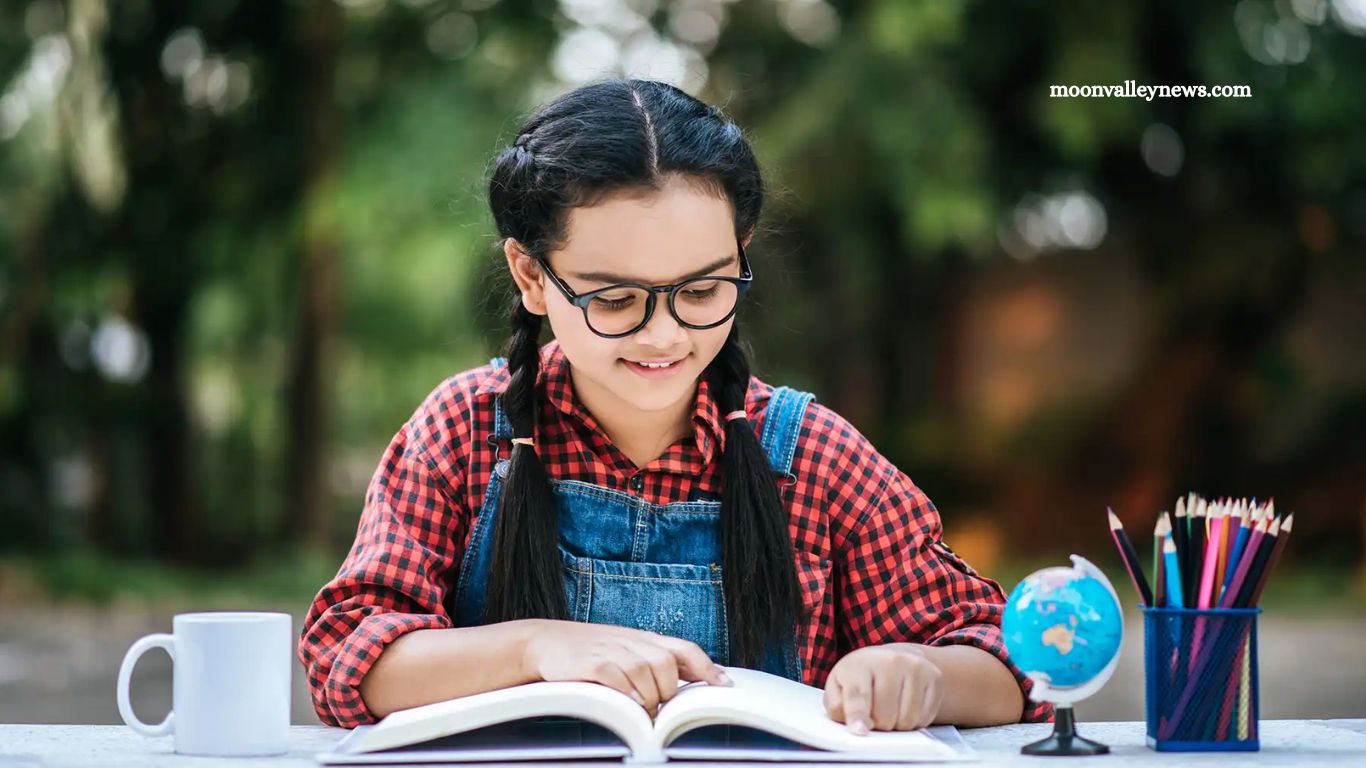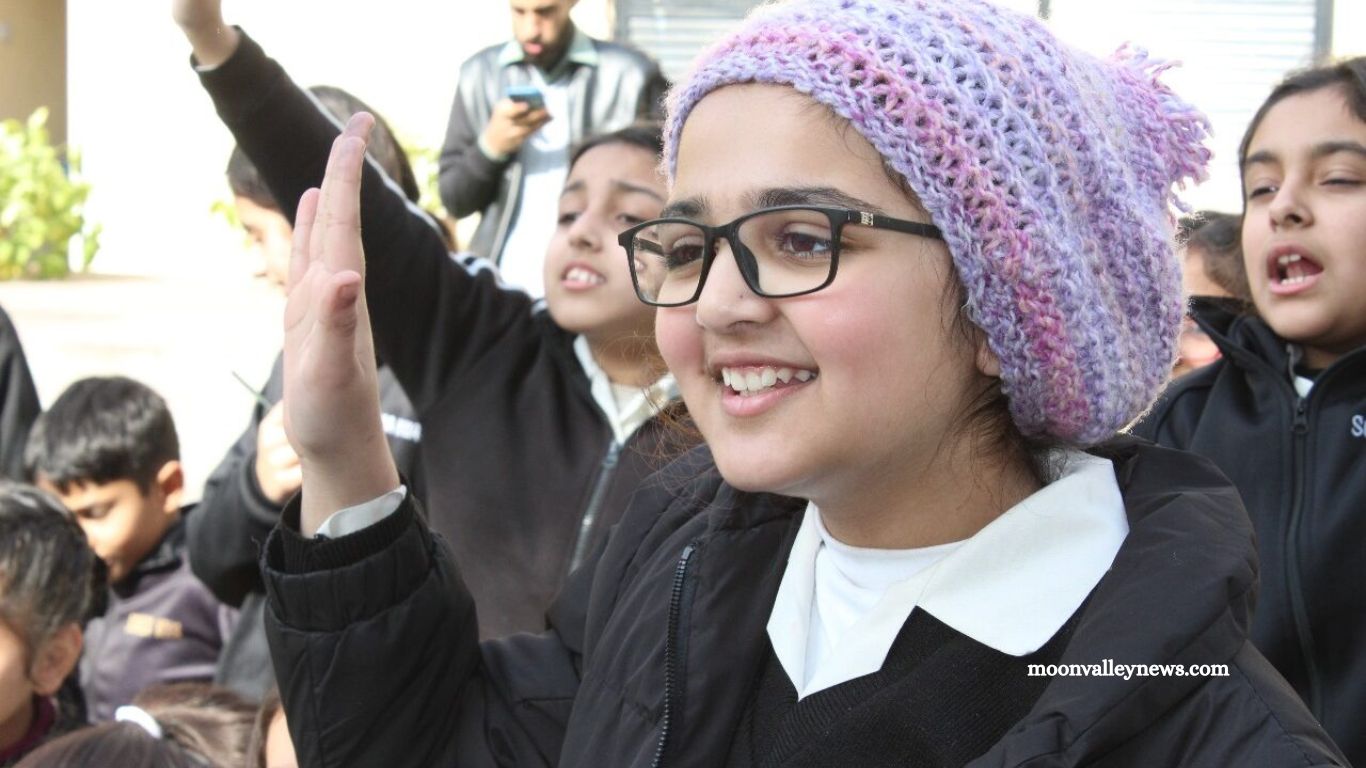Keywords Overview:
- Primary Keywords: modern education trends, student-teacher relationship, educational transformation
- Secondary Keywords: active learning methods, digital education tools, classroom engagement strategies, personalized learning approaches
In today’s rapidly evolving educational landscape, the dynamic between students and teachers is undergoing a profound transformation. The traditional classroom model, once characterized by teacher-centered instruction and passive learning, is giving way to more collaborative and technology-enhanced approaches. This shift represents one of the most significant modern education trends of our time, fundamentally altering how knowledge is transmitted and acquired in learning environments worldwide.
The Evolving Student-Teacher Relationship in Digital Classrooms
The student-teacher relationship has always been at the heart of effective education, but its nature is changing dramatically in response to new pedagogical insights and technological capabilities. According to the OECD Trends Shaping Education 2025 report, rising inequality and polarization within societies are creating significant implications for how students and teachers interact. This relationship is no longer defined by a one-way transmission of knowledge but has evolved into a partnership where teachers serve as facilitators and guides rather than mere information providers.
Research indicates that when students feel supported by their teachers, they demonstrate greater academic engagement and achievement. The digital transformation of education has added new dimensions to this relationship, enabling more personalized interactions and feedback mechanisms. Teachers now have tools to track individual progress in real-time, allowing them to intervene precisely when students need support. Meanwhile, students gain more agency in their learning journey, developing critical thinking skills and self-direction that prepare them for future challenges.
Implementing Active Learning Methods for Better Engagement
Active learning methods represent a fundamental departure from traditional educational approaches. While conventional teaching relied heavily on lectures and rote memorization, modern pedagogies emphasize student participation, critical thinking, and practical application of knowledge. Schools implementing active learning methods report significantly higher student engagement and better retention of material.
The statistics supporting this shift are compelling. According to research cited in the Education Trends and Transformation Analysis, classrooms employing active learning strategies demonstrate:
- 54% higher test scores compared to traditional approaches
- Student failure rates reduced by 1.5 times
- Participation rates increased by 57.7 percentage points
- Student talk time 13 times higher than in traditional settings
These impressive results stem from teaching approaches that place students at the center of the learning process. Rather than passively receiving information, they actively construct knowledge through discussion, problem-solving, and collaborative projects. Teachers who incorporate active learning methods find that their students develop deeper understanding and stronger critical thinking skills, preparing them more effectively for real-world challenges.
Educational Transformation Through Technology Integration
The integration of technology into education represents perhaps the most visible aspect of the ongoing educational transformation. Digital tools have revolutionized how teachers deliver content and how students engage with learning materials. The World Bank emphasizes the critical role of digital solutions in creating equitable, relevant, and resilient education systems that can adapt to changing needs and circumstances.
This technological revolution manifests in numerous ways:
- Instant access to information has expanded learning beyond textbooks, allowing students to explore diverse perspectives and up-to-date resources.
- AI-driven insights help teachers identify learning gaps and personalize instruction based on individual student needs.
- Virtual and augmented reality technologies create immersive learning experiences that make abstract concepts tangible and engaging.
- Learning management systems streamline administrative tasks, allowing teachers to focus more on instruction and less on paperwork.
However, successful technology integration requires more than just providing devices. Teacher training, robust infrastructure, and thoughtful implementation strategies are essential factors in leveraging technology’s potential to enhance learning outcomes.
Personalized Learning Approaches That Drive Student Success
Modern classrooms are increasingly adopting personalized learning approaches to address diverse student needs and learning styles. This shift recognizes that students learn at different paces and in different ways, making standardized instruction insufficient for maximizing each student’s potential.
Personalized learning approaches allow students to progress at their own pace while mastering essential concepts. Digital tools facilitate this personalization by providing adaptive content that adjusts to individual learning patterns. Teachers can then use data from these systems to provide targeted support where needed, ensuring that no student falls behind while allowing advanced learners to move ahead.
The benefits of personalization extend beyond academic achievement. When students experience learning tailored to their needs, they develop greater motivation, self-efficacy, and ownership of their education. These non-cognitive factors play a crucial role in long-term educational success and preparation for future careers.
Looking Forward: The Future of Education
As we look toward the future of education, it’s clear that the relationship between students and teachers will continue to evolve in response to technological innovations and changing societal needs. The most successful educational models will likely be those that balance technological efficiency with human connection, recognizing that while digital tools can enhance learning, the personal relationship between students and teachers remains irreplaceable.
The educational landscape of tomorrow will demand adaptability from both students and teachers as they navigate an increasingly complex and rapidly changing world. By embracing modern education trends while maintaining focus on fundamental learning principles, educational institutions can prepare students not just for the jobs of tomorrow, but for lifelong learning and citizenship in a global society.







